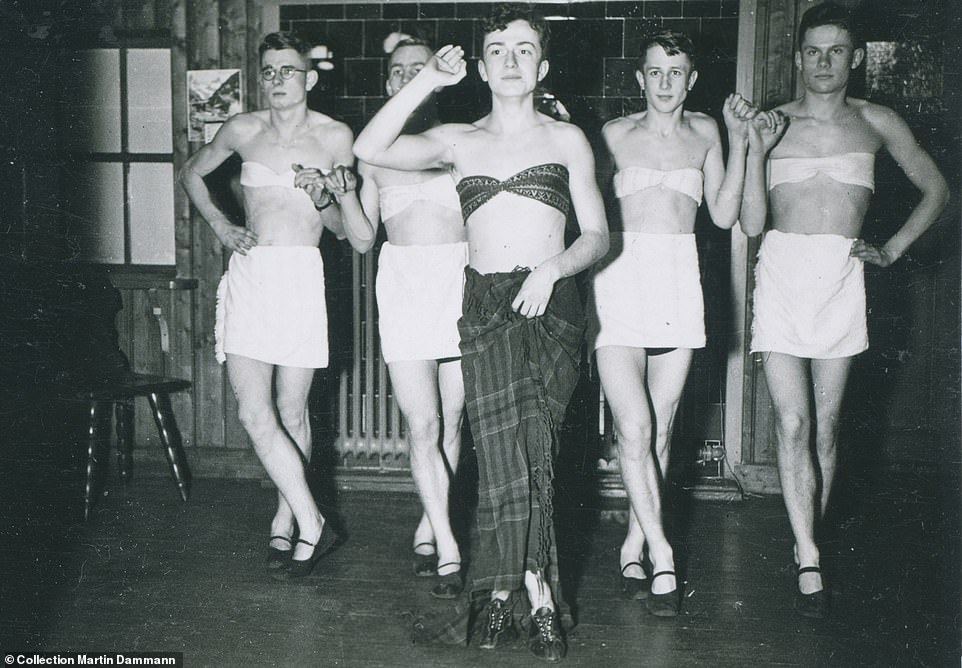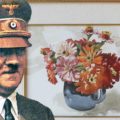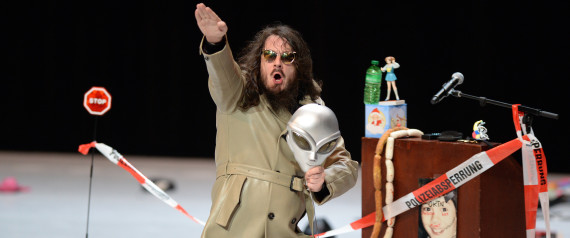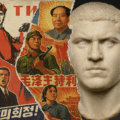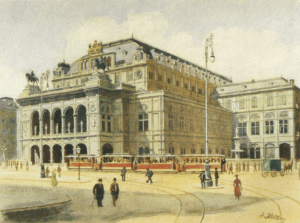
Before he became one of history’s most infamous dictators, Adolf Hitler dreamed of being an artist. Long before the swastika, the speeches, and the war, he was a young man wandering through Vienna with a sketchbook and big ambitions. He wanted to paint, to create beauty. But the art world didn’t want him.
Hitler applied twice to the Vienna Academy of Fine Arts, first in 1907 and again in 1908, and both times he was rejected. The admissions committee noted that his architectural renderings were solid, but his figure drawings were lifeless and unimaginative. He wanted to design grand buildings and romantic cityscapes, but not people. Maybe that’s telling that his later politics would show the same lack of empathy for individual human lives.
After the second rejection, he drifted through Vienna’s streets, selling cheap postcard paintings to tourists to get by. During those years, Vienna was a city buzzing with modernist experimentation; artists like Klimt, Schiele, and Kokoschka were redefining beauty, but it was also a place steeped in ethnic tension and nationalism. Hitler spent time in men’s hostels where antisemitic pamphlets and populist newspapers circulated freely. He may have come to Vienna chasing art, but what he found instead was ideology.
When Hitler later gained power, his obsession with aesthetics didn’t disappear; it metastasized. He imagined himself as a kind of artist-statesman, sculpting society into a vision of racial and cultural “purity.” The Nazi Party treated art as propaganda, glorifying idealized “Aryan” bodies and rural tranquility while denouncing anything modern or abstract as “degenerate.” The 1937 Entartete Kunst (“Degenerate Art”) exhibition in Munich displayed thousands of confiscated modern works, mocking them as diseased products of a corrupt civilization. Meanwhile, the “Great German Art Exhibition” celebrated traditional and Nazi-approved paintings of farmers, soldiers, and nudes in perfect symmetry; a total rejection of modernism’s chaos.
In many ways, Hitler never stopped being an artist; he simply changed his medium from paint to politics. His architectural projects, especially those designed with Albert Speer, were meant to outlast him, massive marble visions of a world remade in his image. Speer himself later reflected that Hitler approached politics like an art form, seeing himself as a “master builder of an empire” rather than just a ruler.
It’s unsettling to think that the same instincts of control, order, and vision that drive creativity can also feed destruction when mixed with resentment and ideology. Hitler’s failed artistic dream didn’t cause his tyranny, but it shaped it. The young man who couldn’t gain entry into an art academy grew into a dictator who tried to redesign civilization according to his aesthetic tastes, purging everything and everyone he found “unworthy.”
In the end, his dream of beauty produced only ruin. His story is a grim reminder of what happens when art and ego fuse with power, and when the longing to create transforms into the urge to dominate.


